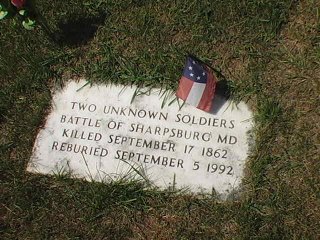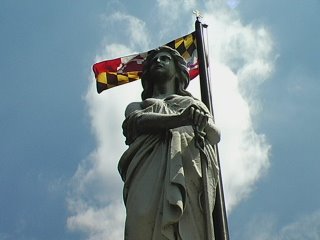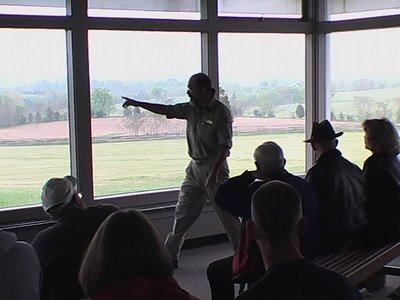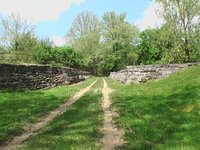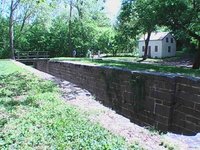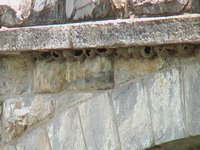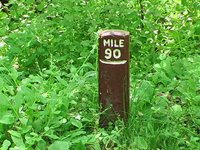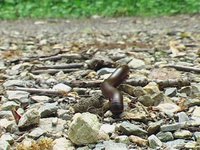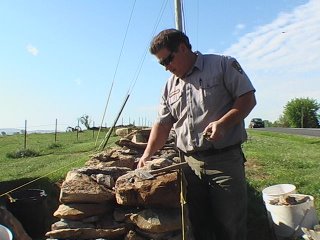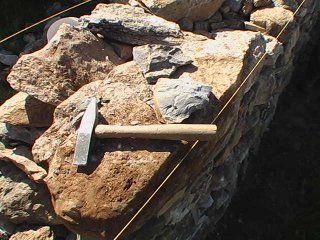
Well readers, it's happened again. For the third time in my patchwork career I've gotten a really cool job by starting out as a volunteer. Yesterday was both my birthday and my second day as an interpretive ranger at Antietam National Battlefield.
Like they say, "find something you love to do and figure out a way to get paid for it".
Shortly after I started volunteering at the park, my supervisor suggested I apply for one of the seasonal positions that had opened up. Seasonal rangers comprise about 90% of the National Park Service ranger force. I'll be working 40 hours per week through the summer and weekends and holidays throughout the rest of the year, which means I'll continue substitute teaching during the school year.
The other rangers were really rooting for me to get this job. Securing a ranger position is a fiercely competititive process. First of all, full-time ranger slots occur about as often as the discovery of the Rosetta Stone. Seasonal jobs become available slightly more often. The opening that I was competing for was the first at Antietam in 7 years! Out of a truck load of applications they narrowed it down to about 75 finalists. Out of all of the highly quailfied candidates, I was the one that the park staff knew and had been working with for four months as a volunteer.
Have I mentioned before how cool it is to volunteer?...oh yeah, I guess I have a few times.
As my relationship with the park changes so will the direction of this blog. It will evolve from a journal about volunteerism into a (hopefully) helpful guide to folks out there who'd love to be rangers themselves.
Stay tuned!



